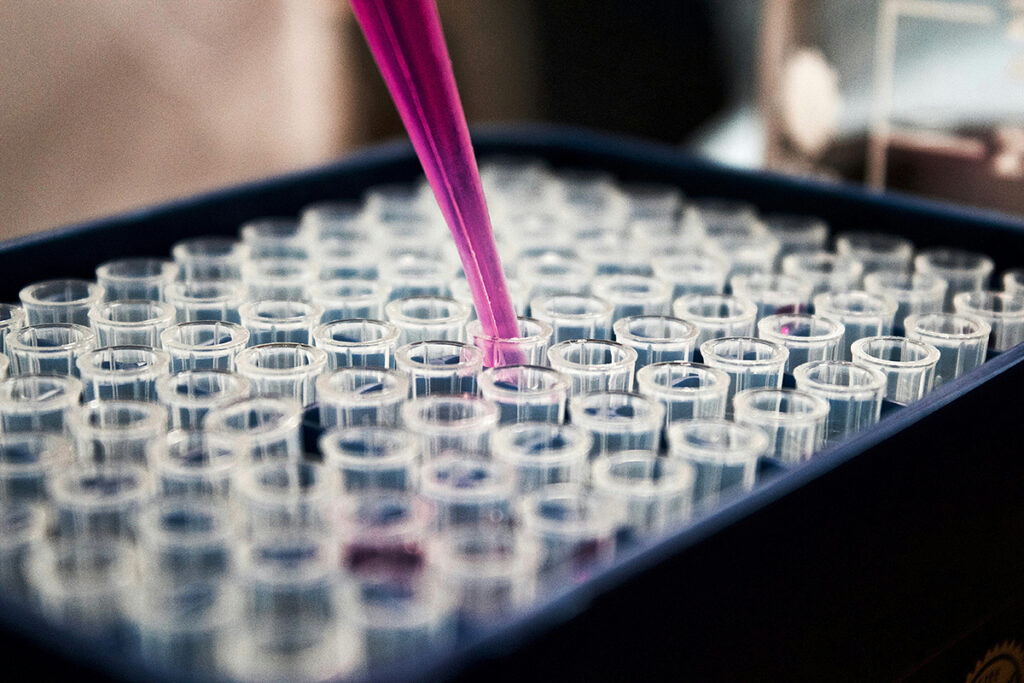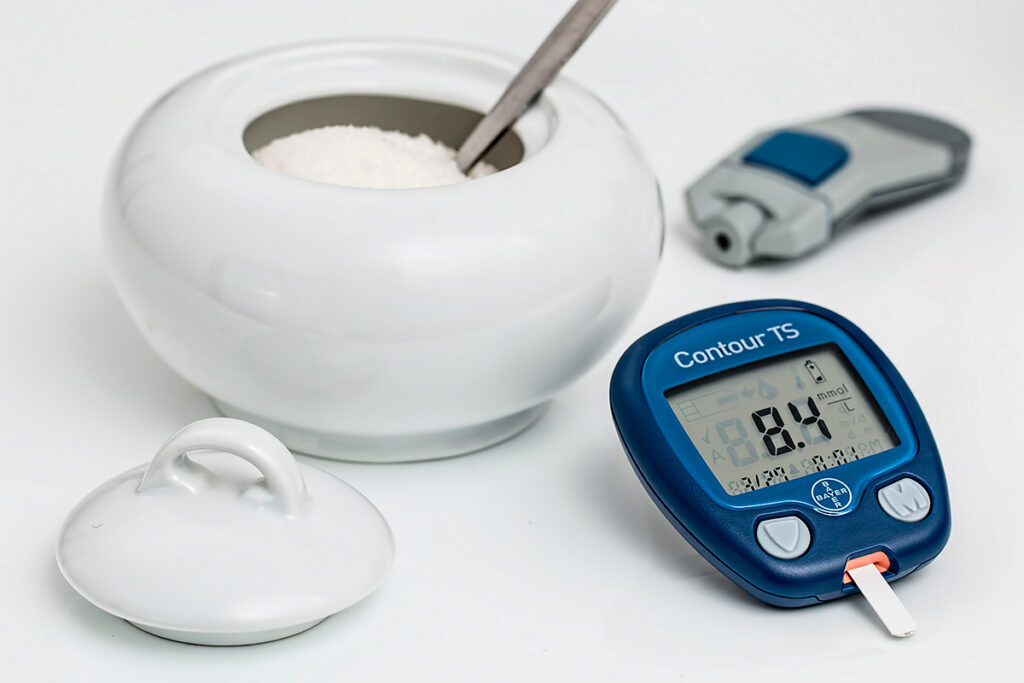Lower respiratory tract infections, including COVID-19, often start as subtle upper respiratory tract illnesses but can progress to pneumonia and acute respiratory distress syndrome (ARDS). Until recently, tracking the early phase of the disease has been challenging due to difficulties in accessing lung tissue. However, modern research methods allow us to understand which specific cells are infected with the virus and how they change gene activity and protein synthesis in response to infection.
Scientists at Stanford University in the USA have discovered that resident lung macrophages play a primary role in developing pneumonia and ARDS in COVID-19. Resident lung macrophages actively participate in the antiviral response, producing cytokines and chemokines that contribute to inflammation and fibrosis. The resident macrophages form an early focus of inflammation in the lungs, which can transition COVID-19 into a fatal or systemic form. Therefore, treatment targeting resident macrophages may help prevent severe COVID-19.
Activated Interstitial Macrophages Contain the Highest Amount of Viral RNA
Cell culture experiments revealed that in the early stages of coronavirus infection, most cells either do not contain viral RNA or contain it in small amounts. However, a few cells harbored high levels of viral RNA, indicating significant viral activity and replication in these cells. The virus was present in various cell types, including type II alveolar cells, myofibroblasts, and macrophages. Macrophages were most susceptible to coronavirus infection. Scientists investigated which types of macrophages are responsible for inflammation in COVID-19:
- Alveolar Macrophages (AM) – expressed genes associated with antigen presentation and lipid homeostasis.
- Interstitial Macrophages (IM) – expressed lower levels of these genes.
- Activated Interstitial Macrophages (a-IM) – expressed genes associated with inflammation and hypoxia response. A-IMs were much more abundant than other macrophages. Significantly, viral RNA dominates only in a-IMs, accounting for up to 60% of total RNA in the cell, unlike AMs, where viral RNA does not exceed 2%. Activated interstitial macrophages accumulate high levels of viral RNA and produce cytokines IL10 and IL6, which play a significant role in the cytokine storm in COVID-19. Thus, a-IMs contribute to inflammation and coronavirus replication.
Activated Interstitial Macrophages – a Potential Therapeutic Target for Suppressing the Coronavirus
Interestingly, blocking specific receptors on macrophages using specific antibodies limited the virus’s entry into these cells. The critical IM receptor was DC-SIGN, while for AMs, it was SIGLEC-1 and ACE2.
Conclusion
Activated interstitial macrophages form a source of inflammation and fibrosis, initiating an antiviral response characterized by the production of chemokines and cytokines associated with the cytokine storm in COVID-19. Therefore, a-IMs can be a therapeutic target to prevent severe coronavirus infections.
Useful article, necessary information? Share it!
Someone will also find it useful and necessary:



